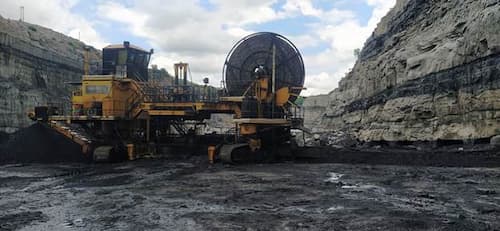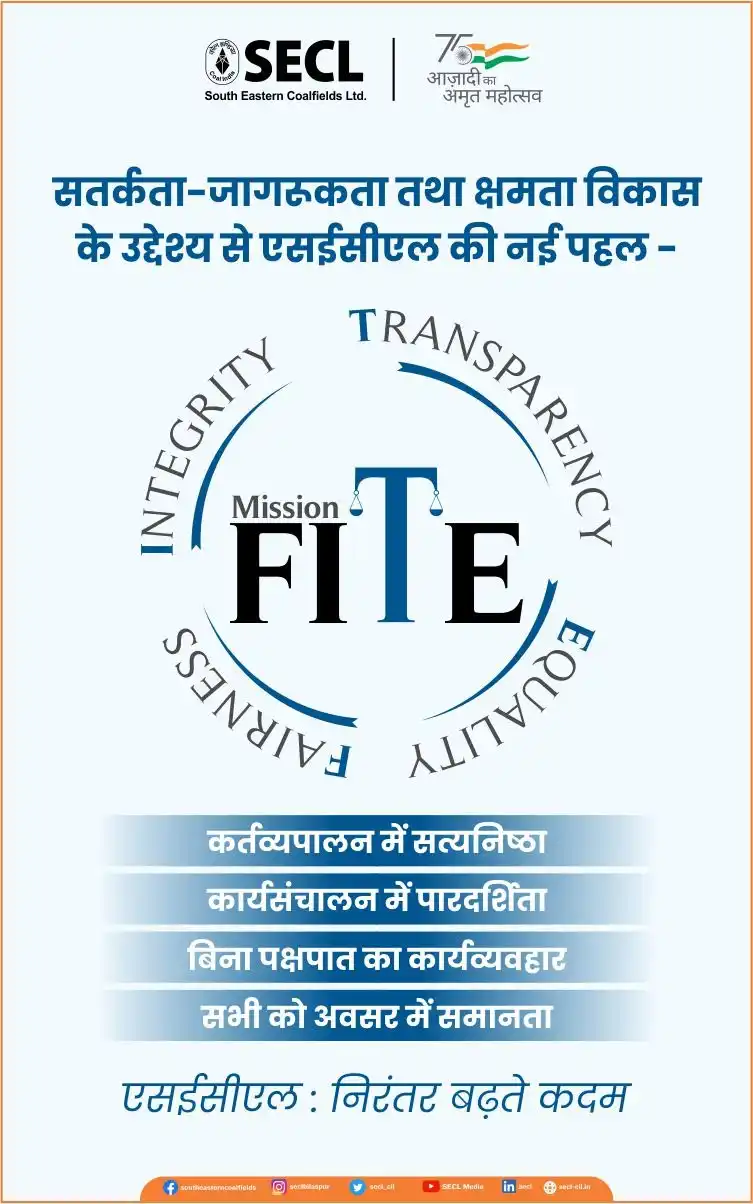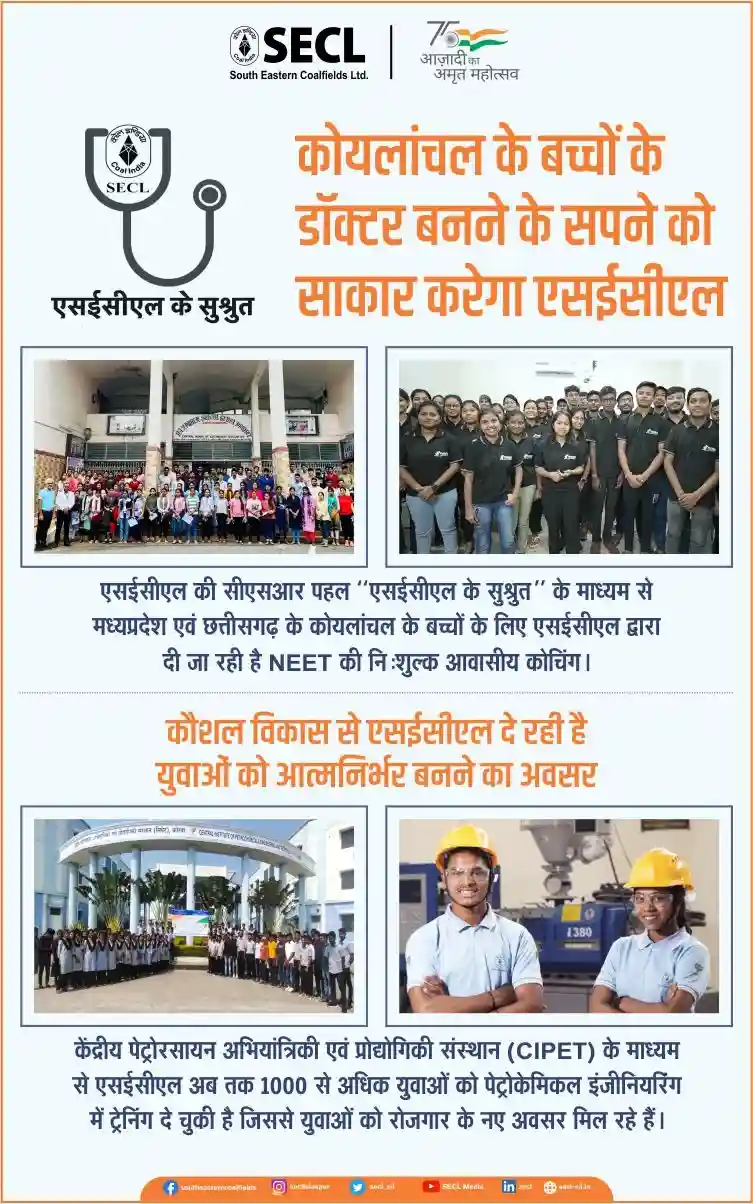With a strong commitment to reducing India’s dependence on imports and promoting domestic production, Ministry of Coal is taking consistent steps to foster indigenous manufacturing capabilities within the coal mining sector. These efforts are closely aligned with the core principles of Atmanirbhar Bharat, driving the “Make in India” campaign.
In pursuit of this goal, an interdisciplinary high-level committee under the chairmanship of Director (Technical), CIL was constituted to provide recommendations for bolstering domestic manufacturing of Heavy Earth Moving Machinery (HEMM) and underground mining equipment, including High Wall Miners, Standard and Low-Capacity Miners, and associated ancillary equipment. It is projected that coal will remain as the predominant energy source even beyond 2030, thus, the Committee expected a huge requirement of equipment in the next 10 years in the country, both for Opencast mines and Underground mines and submitted its final report. The Committeecomprised of representatives from the Ministry of Heavy Industries, Ministry of Railways, SCCL, NLCIL, NTPC, WBPDCL, BEML, Caterpillar, Tata Hitachi, GAINWELL, industry associations, and various stakeholders.
Currently, Coal India Limited (CIL) imports high-capacity equipment, such as Electric Rope Shovels, Hydraulic Shovels, Dumpers, Crawler Dozers, Drills, Motor Graders, and Front-End Loaders Wheel Dozer, valued at Rs 3500 Crores, incurring additional expenses of Rs 1000 Crores in customs duty. To curb these imports and boost domestic manufacturing, CIL has devised a strategic plan to phase out imports gradually over the next six years. This approach aims to encourage and develop domestically manufactured equipment. Notably, high-capacity machines are already being procured from domestic manufacturers.
The Committee has recommended the standardization of equipment to boost domestic manufacturing to Captive/ Commercial Mine operators MDO/Outsourcing contractors and departmental equipment, in line with CIL’s existing equipment standardization effort. It has also recommended that tender clauses should promote the use of indigenous equipment to support the “Make in India” mission. Additionally, a scheme is also suggested to incentivize manufacturers for designing, developing and making equipment in India for five years under the make in India initiative.
CIL has undertaken a comprehensive standardization of mining equipment to be deployed. The objective is to ensure the widespread use of domestically manufactured equipment in coal production, transportation, and monitoring, without compromising productivity. To further advance “Make in India,” Coal India Limited (CIL) has issued standardization guidelines. This initiative not only stimulates the manufacturing sector but also aligns with the overarching goals of Atmanirbhar Bharat and “Make in India”.
Promoting indigenous equipment capabilities will also lead to a reduction in the breakdown period of imported equipment, which often remains non-operational due to a lack of spare parts. This will be achieved by manufacturing major aggregates such as engines, transmission systems, differentials, and motors, with duty restrictions on the required parts and materials.
Coal India Ltd. (CIL) has already started procuring High Capacity HEMM and advanced Continuous Miners, capable of remote supervision, with real-time position tracking for increased efficiency and safety.Efforts are underway to promote indigenous production of HEMM. Domestic manufacturers have been identified for the production of mining equipment for both Opencast (OC) and Underground (UG) mining along with upgradation of technology and capacity. Additionally, CIL has also introduced Battery Electric Vehicles (BEV) Load Haul Dump (LHD) units, providing improved ventilation and cost savings.
CIL is committed to expanding these technologies, ensuring high recovery, lower costs, and enhanced safety, with potential BEV LHDs in Degree-II mines. These initiatives are revolutionizing coal mining in India with innovation and sustainability at the forefront.
Furthermore, fostering partnerships and collaborative ventures with globally recognized equipment manufacturers is a top priority.The utilization of non-functional and underutilized government infrastructure facilities is also being explored under the Make in India initiative.This initiative is a testament to India’s potential to become a manufacturing powerhouse. By promoting ‘Make in India’ in the HEMM, Coal Ministry aims to create a robust ecosystem that supports innovation, empowers workforce and strengthens economy.
















